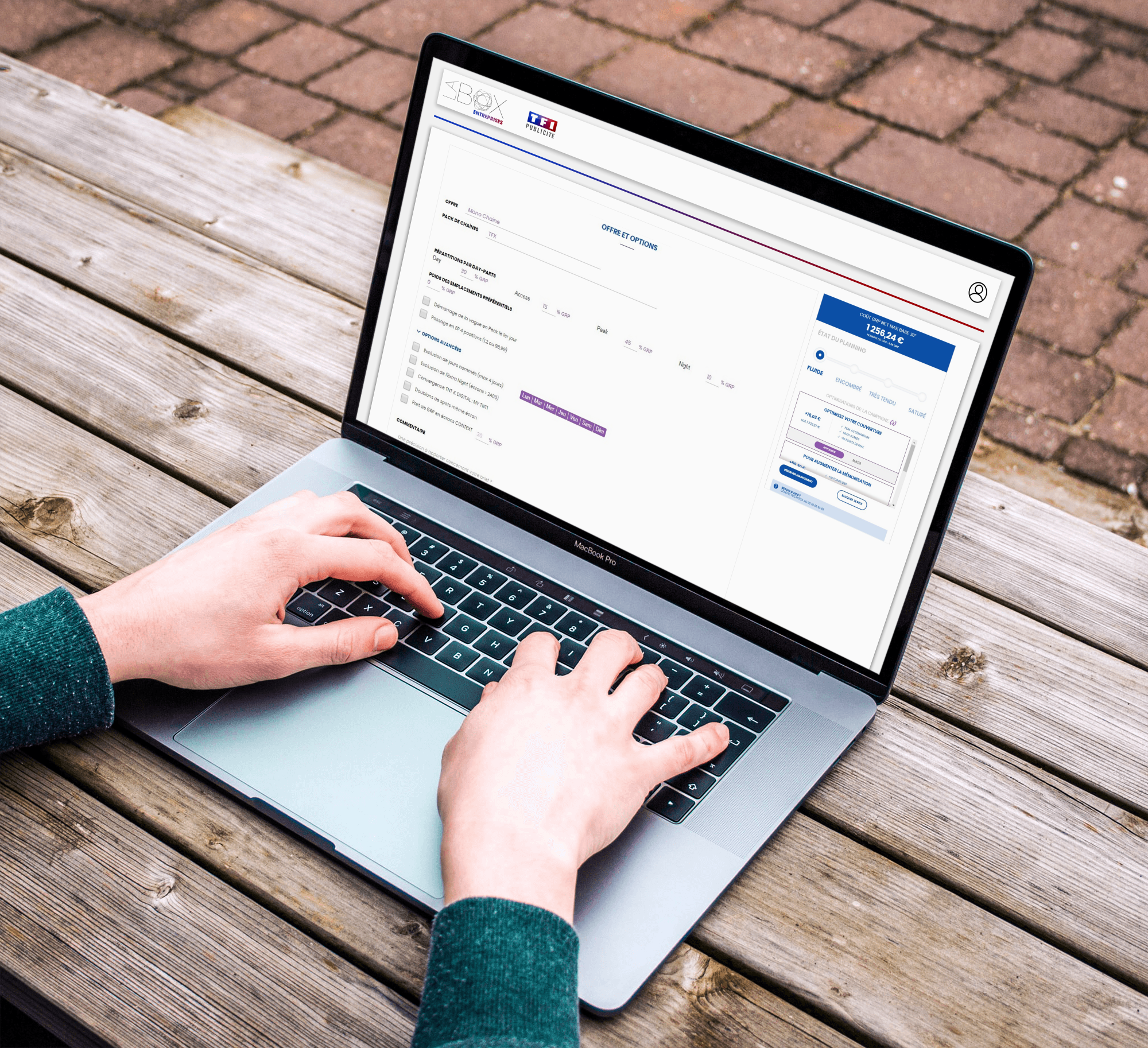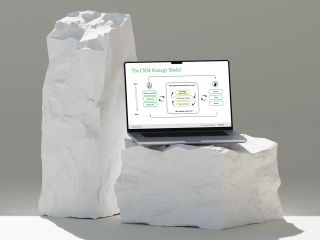Impact
Rolled-out the first dynamic pricing service for the French TV advertising market, to the 5 main media agencies in France, in particular Havas and Aegis Dentsu.
Commercialized under the name GRP Express: https://tf1pub.fr/actualites/tf1-pub-lance-l-achat-express-en-grp-garanti-sur-la-box
Context
Traditionnaly, TV spots are sold at a fixed price depending of the duration and the time of the day. On DTTV market (Digital Terrestrial Television), ad space sellers introduced the sales of GRP (1 GRP = 1 targeted audience point).
This new selling method help to sell ad spaces in bulk and keep the cost of sales low. Only one reference price was negotiated once a year. Then, each option (target, daypart, peak, period of the year, etc.) has a fixe price to be multipled by the reference price.
By the end of 2019, my client (one of the major media group in France) wanted to be the first one on the french market to introduce a dynamic price to sell GRPs.
This new service target 3 benefits:
- Maximize the price of the GRP according to market possibilities
- Speed up the TV Channel commercial process
- Speed up the media agencies buying process
A user-centric service design
My client choose to adopt a design thinking approach by co-building the service with his own clients, and then to launch a 3 months real experimentation. For this project I managed a team of UX Designer + Data Scientists.
Phase 1 – Understand
Business interviews
We conducted 11 interviews to define 3 different types of business profile. To create relevant personas, more interviews would have been needed.
The business profiles were:
- Sales directors for the DTTV market
- Planning director for the DTTV market
- Media buyers in media agencies
Experience Map
The experience map present the annual negociation moment at the end the N year, and the negociation of new campaigns through the N+1 year.
To be accurate this map had to present 3 stakeholders in 2 differences companies (agencies, TV sales and TV planning), and the whole process from the index negociation to campaign negociation.

Data collection and analysis
Based on the business interviews we identified some variables that could potentially influenced the price and the demand. Then we identified pattern in those variable to predict the evolution of demand over a certain range of options.
Phase 2 – Ideate
Wireframes
6 versions of wireframes was done on Axure after a successful paper prototyping workshop with the project core team.
The following wireframes show some of test we did to integrate predictability in the service: price fixe range over time, last year planning occupancy evolution, planned occupancy rate.


Concept testing
Testing the wireframes of this project with media agencies buyers was one of the most striking experience in my all career.
Fist we introduced quickly the project and got their feedback on their challenges in the buying process. Media buyers were thrilled to be part of this co-design with the TV Channel.
Then, we gave a task to media buyers to perform on the low fidelity wireframes and ask them to comment all their actions and thoughts.
Each test was the same: we saw buyers become more and more concentrated and serious until they get really upset.
Some of the features were in direct opposition with media buyers objectives and business practices. They usually have to commit to their clients on an average buying price over 3 years. Moreover, once they negotiated the index price at the beginning of the year they estimate the price of each media campaign and structure a media plan to their own clients.
Without predictability of the price, the service would increase media buyers’ time per campaign and put them in difficulties to keep the price at the level they committed.
Problem refinement
This is were we found the core tension of the service to resolve for both the ad sellers and media buyers:
Flexibility VS Predictability
Phase 3 – Prototype
We slightly improved the wireframes but kept the very functional one pager. Our goal was to develop the front-end fast to be able to release the MVP.
The MVP was developed in 3 months (front-end, back-end, finalisation of algorithms)
Phase 4 – Test
4 agencies participated in a 3 months experimentation.
The rules of the experimentation was pretty simple:
- media agencies participating in the test should book at least 15% of their media campaigns of the period with the new tool
- 1 buyers per media agency was appointed to keep a high level of confidentiality
- all slots were available for booking in the app
We put in place a protocol not to test the usability of the interface, but to understand how the long term usage of the tool can possibly shift the first negative feeling: it was a concept testing. To do so, we setted up:
- 30min weekly meeting with each media agencies to gather regular feedback on price levels and possible technical bugs
- 1 focus group at the beginning of the experimentation
- 1 focus group at the end of the experimentation
Results
The results of the experimentation was consistent with the initial interviews:
- difficulties to understand the price evolution over time
- lack of information on the proposed optimisations
- increased fragmentation of the budget on different ad sellers (shift of budget on other media)
6 recommendations
- 3 opportunities to change the target,
- 2 opportunities to modify the service,
- 1 potential pivot to create a simple simulation tool to gather data on media agencies interests
Final screens
Homepage




